Our History
From strong beginnings to continuous growth, here is how the School of Public Health and Health Professions became part of UB's proud history.
1919 In response to the great influenza pandemic of 1918, UB founds the Department of Hygiene and Public Health, one of the first universities in U.S. with an academic department for training public health officers and studying disease epidemics.
1920s Courses expand to include industrial and social medicine, medical jurisprudence and more.
1930s The Department of Statistics and Insurance, the precursor to today's Department of Biostatistics, is founded in UB's School of Business Administration.
1946 The Department of Hygiene and Public Health's name changes to Preventive Medicine and Public Health.
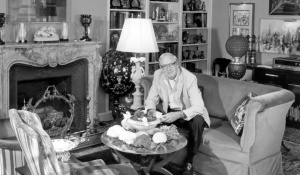
J. Warren Perry
1965 The State University of New York creates the School of Health Related Professions, the first of its kind in NY, with UB medical school faculty member Albert C. Rekate, MD, as acting dean. The school includes the departments of Occupational Therapy and Physical Therapy.
1966 J. Warren Perry, PhD, accomplished scholar, administrator, author, and lecturer, becomes the School of Health Related Professions’ first permanent dean, unifying programs in physical therapy, occupational therapy and medical technology.
1967 The Department of Preventive Medicine and Public Health changes its name to Social and Preventive Medicine, reflecting growing efforts in the research and teaching of social aspects of health.
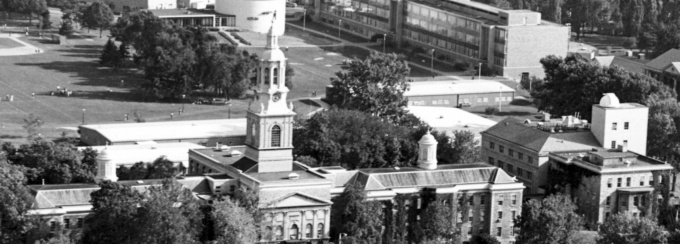
Arial view of UB Main street campus Hayes hall circa 1972. © UB Archives
1975 The Department of Physical Education joins the School of Health Related Professions from UB’s School of Education.
Mid-1980s The departments of Physical Education and Physical Therapy merge to form the Department of Physical Therapy and Exercise Science. The School of Health Related Professions launches a graduate program in nutrition.
1989 The J. Warren Perry Award and Distinguished Lectureship is established in The School of Health Related Professions to honor the school’s founding dean and is endowed by Dean Alan Stull, PhD. The award and lectureship recognizes those who have provided exemplary leadership in public health, health professions or the health sciences.
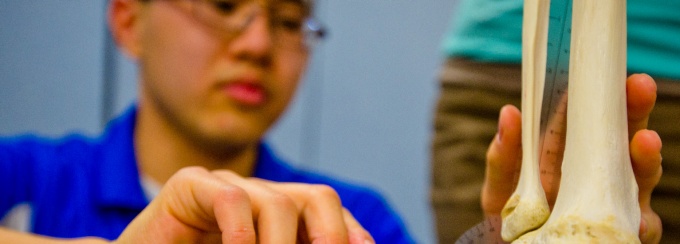
1993 UB becomes a vanguard site for the Women’s Health Initiative, a clinical trial and observational study of the major causes of illness and death for postmenopausal women.
Mid-1990s The School of Health Related Professions begins doctoral programs in rehabilitation science and exercise science.
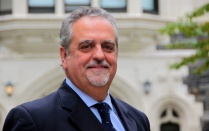
Maurizio Trevisan
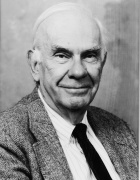
Saxon Graham
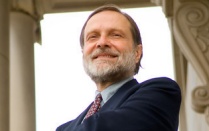
Lynn Kozlowski
2001 Maurizio Trevisan, MD, MS, noted cardiovascular disease epidemiologist, is appointed interim dean of the School of Health Related Professions. He envisions a new school that will help meet the evolving needs of public health and health professions education.
2003 UB makes Trevisan’s vision a reality when it creates the School of Public Health and Health Professions (SPHHP), combining The School of Health Related Professions and the Department of Social and Preventive Medicine.
The Occupational Therapy, Physical Therapy and Rehabilitation Science PhD programs are configured into the Department of Rehabilitation Science.
2005 Trevisan is named SPHHP’s first permanent dean.
2005 The Department of Social and Preventive Medicine funds the Saxon Graham annual lectureship honoring the life and legacy of a man known as one of the founders of U.S. chronic disease epidemiology. The lecture features a distinguished speaker in epidemiology.
2006 SPHHP establishes the Department of Community Health and Health Behavior.
2008 Lynn T. Kozlowski, PhD, internationally known tobacco-use expert, is appointed SPHHP’s second dean.
2009 SPHHP is granted accreditation from the Council on Education for Public Health (CEPH) and becomes a member of the Association of Schools of Public Health (now the Association of Schools and Programs of Public Health).

Global Innovation Challenge, Communities of Excellence: Global Health Equity in Hayes Hall

Arthur Goshin
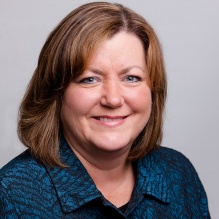
Jean Wactawski-Wende
2010 The Division of Environmental Health Sciences launches as part of the Department of Social and Preventive Medicine.
2011 Albert and Linda Rekate endow the Glen E. Gresham Visiting Professorship in Rehabilitation Science, honoring the SPHHP professor emeritus of rehabilitation medicine and featuring a recognized authority in an area directly related to rehabilitation science.
2011 SPHHP’s Office of Global Health Initiatives is founded by Arthur Goshin, MD.
2012 SPHHP is ranked by U.S. News & World Report for the first time as one of the nation’s top schools of public health.
2014 The Department of Social and Preventive Medicine is renamed the Department of Epidemiology and Environmental Health, and launches the Division of Health Services Policy and Practice.
2015 Jean Wactawski-Wende, PhD, an epidemiologist known for her work studying factors that influence women’s health, is appointed SPHHP’s third dean.
2015 SPHHP is re-accredited by CEPH.
2015 SPHHP establishes the annual Richard V. Lee, MD, MPH, lectureship, honoring the former UB faculty member, who also endows the lectureship. The lectures focus on aspects of global health, presented by international experts.
2017 SPHHP adds three new programs--undergraduate degrees in public health and statistics, and a combined bachelor’s degree in exercise science/master’s degree in athletic training.
2019 SPHHP's Department of Biostatistics launches a new research program for undergraduates, The Biostatistics Epidemiology and Research Design (BERD) Undergraduate Winter Institute for Biostatistics.
2019 SPHHP adds a new MPH program, the Online Individualized MPH.

2020 SPHHP marks major growth in enrollment during 2020, welcoming its largest-ever incoming class of undergraduate and graduate students.
2021 SPHHP continues to add and expand programs, including a new bachelor's degree in nutrition, master of science in environmental health, and more.
2022 SPHHP adds an online option for its Health Services Administration (HSA) MPH program.